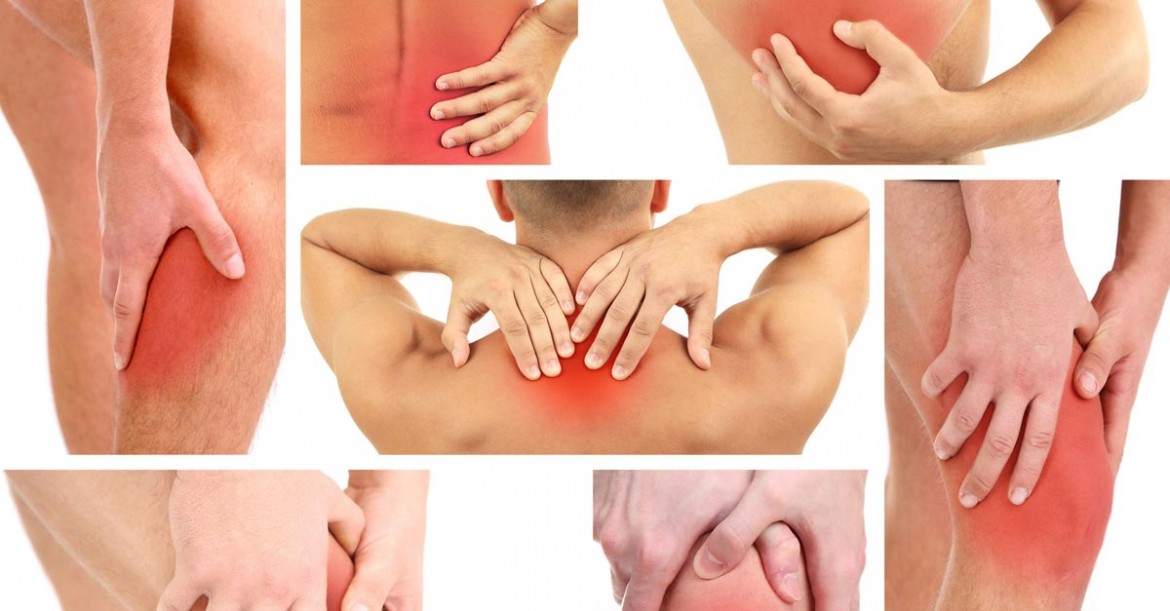TIPS TO HEALTIER BACK-Dr Krishna Poddar
0
May 23, 2017
TIPS TO HEALTIER BACK-Dr Krishna Poddar
- Sit in a high-back chair with arm rests. Sitting in a soft couch or chair will tend to make you round your back and won’t support the hollow of your back.
- At work, adjust your chair height and work station so you can sit up close to your work and tilt it up at you. Rest your elbows and arms on your chair or desk, keeping your shoulders relaxed.
- When sitting in a chair that rolls and pivots, don’t twist at the waist while sitting. Instead, turn your whole body.
- When standing up from the sitting position, move to the front of the seat of your chair. Stand up by straightening your legs. Avoid bending forward at your waist. Immediately stretch your back by doing 10 standing backbends.
Driving
- Use a back support (lumbar roll) while sitting or driving in the car.
- Move the seat close to the steering wheel to support the hollow of your back.
Standing
- Stand with your head up, shoulders straight, chest forward, weight balanced evenly on both feet and your hips tucked in.
- Avoid standing in the same position for a long time.
- If possible, adjust the height of the work table to a comfortable level.
- When standing, try to elevate one foot by resting it on a stool or box. After several minutes, switch your foot position.
- While working in the kitchen, open the cabinet under the sink and rest one foot on the inside of the cabinet. Change feet every 5 to 15 minutes.
Stooping, Squatting, Kneeling
- Decide which position to use. Kneel when you have to go down as far as a squat but need to stay that way for awhile. For each of these positions, face the object, keep your feet apart, tighten your stomach muscles and lower yourself using your legs.
Lifting Objects
- Try to avoid lifting objects if at all possible.
- If you must lift objects, do not try to lift objects that are awkward or are heavier than 30 pounds.
- Before you lift a heavy object, make sure you have firm footing.
- To pick up an object that is lower than the level of your waist, keep your back straight and bend at your knees and hips. Do not bend forward at the waist with your knees straight.
- Stand with a wide stance close to the object you are trying to pick up and keep your feet firm on the ground. Tighten your stomach muscles and lift the object using your leg muscles. Straighten your knees in a steady motion. Don’t jerk the object up to your body.
- Stand completely upright without twisting. Always move your feet forward when lifting an object.
- If you are lifting an object from a table, slide it to the edge to the table so that you can hold it close to your body. Bend your knees so that you are close to the object. Use your legs to lift the object and come to a standing position.
- Avoid lifting heavy objects above waist level.
- Hold packages close to your body with your arms bent. Keep your stomach muscles tight. Take small steps and go slowly.
- To lower the object, place your feet as you did to lift, tighten stomach muscles and bend your hips and knees.
Reaching Overhead
- Use a foot stool or chair to bring yourself up to the level of what you are reaching.
- Get your body as close as possible to the object you need.
- Use two hands to lift.
Sleeping and Laying Down
- Select a firm mattress and box spring set that does not sag.
- If you’ve always slept on a soft surface, it may be more painful
- Try to sleep in a position which helps you maintain the curve in your back (such as on your back with a lumbar roll or on your side with your knees slightly bent). Do not sleep on your side with your knees drawn up to your chest.
When standing up from the lying position, turn on your side, draw up both knees and swing your legs on the side of the bed. Sit up by pushing yourself up with your hands. Avoid bending forward at your waist.
Posted in Uncategorized by Dr. Krishna Poddar

